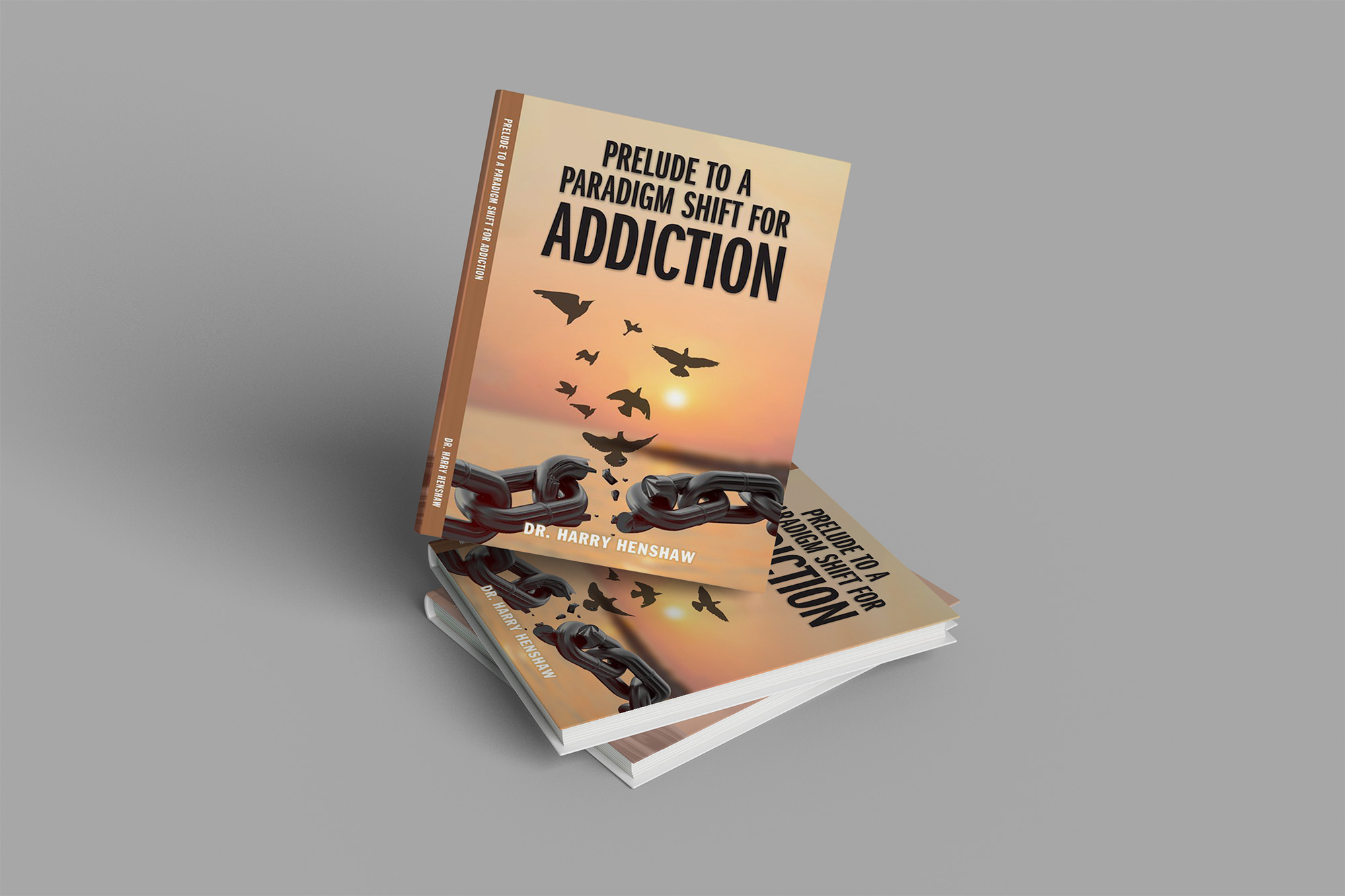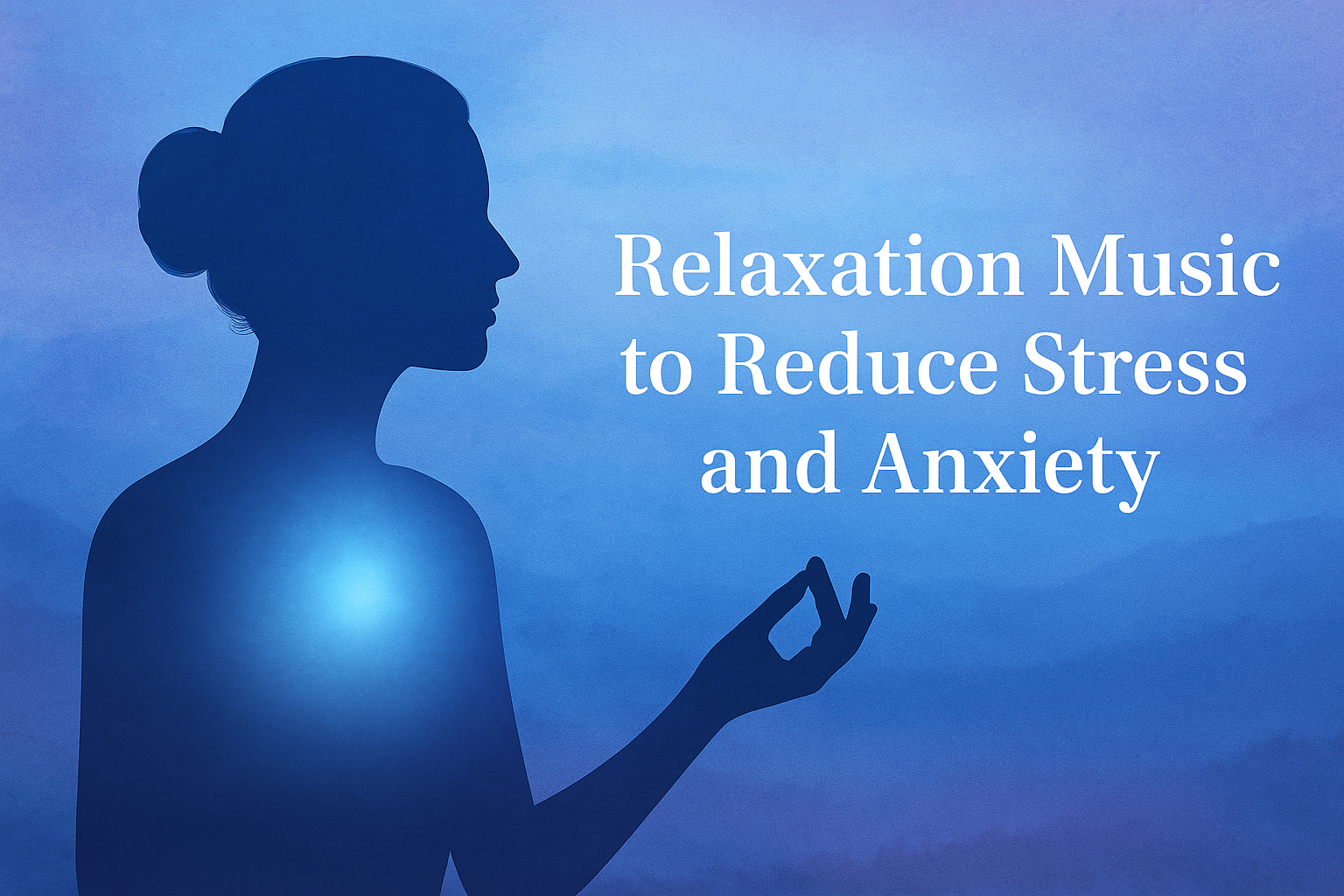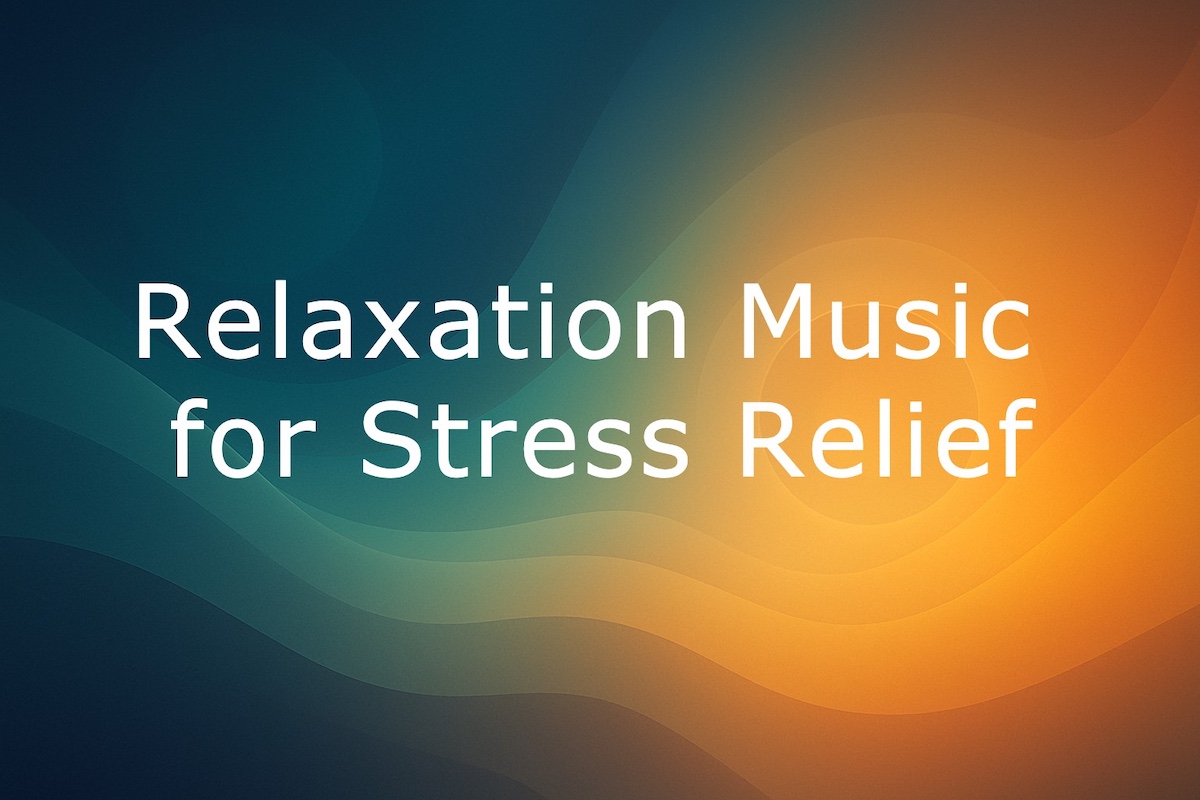Table of Contents
In a world driven by speed, stimulation, and stress, therapeutic relaxation and meditation music emerges as a gentle sanctuary for the human spirit. This genre of sound is more than just pleasing to the ear—it is intentionally crafted to restore balance, soothe the nervous system, and promote inner peace. Used in practices ranging from meditation and yoga to psychotherapy and sleep therapy, therapeutic music has proven to be an invaluable tool for self-care and healing.
This comprehensive guide explores what therapeutic relaxation and meditation music truly is, how it works on the body and mind, its broad range of benefits, practical ways to incorporate it into your life, and how it can support emotional, mental, and physical well-being.
What Is Therapeutic Relaxation and Meditation Music?
Therapeutic relaxation and meditation music is a form of intentionally composed sound designed to evoke states of tranquility, mindfulness, and healing. Unlike mainstream music, which is primarily created for entertainment or emotional stimulation, therapeutic music serves a functional and often spiritual purpose. It provides an auditory environment that fosters calm, concentration, and internal harmony.
Key Characteristics of Therapeutic Music
- Soothing Tones & Gentle Rhythms: The music features slow tempos and soft, repetitive melodies that calm the sympathetic nervous system and invite the listener into a state of rest.
- Ambient Soundscapes: Layers of ambient textures, such as harmonic overtones, soft drones, and gentle synths, promote spaciousness and serenity.
- Natural Elements: Sounds of flowing water, birdsong, wind, ocean waves, or rainfall recreate nature’s calming presence and deepen the connection to the Earth.
- Healing Frequencies: Many tracks use specific sound frequencies like the Solfeggio tones or binaural beats that are known to entrain brainwaves and shift the listener into more relaxed or meditative states.
- Minimal or No Vocals: If vocals are present, they are usually gentle affirmations, chants, or non-verbal vocalizations that enhance, rather than disrupt, the meditative effect.
This kind of music is created not just to be heard but to be felt, to touch something deep within the listener that words cannot reach.
How Therapeutic Music Works
Scientific studies have validated what ancient cultures have intuitively known for centuries: music can heal. Therapeutic music stimulates the parasympathetic nervous system, often referred to as the “rest and digest” response. This leads to a decrease in heart rate, blood pressure, and the stress hormone cortisol, while promoting relaxation and emotional balance.
Brainwave Entrainment
One of the most powerful mechanisms behind therapeutic music is its ability to entrain brainwaves. Binaural beats, for example, are created when two slightly different frequencies are played in each ear. The brain responds by producing a third frequency—the difference between the two—and naturally shifts into that frequency range. Different brainwave states include:
- Alpha (8–12 Hz): Relaxed alertness and creativity
- Theta (4–8 Hz): Deep meditation and emotional healing
- Delta (0.5–4 Hz): Deep sleep and cellular regeneration
Through repeated listening, the brain learns to associate these frequencies with states of peace and well-being.
Common Uses and Applications
Therapeutic relaxation and meditation music has become an essential component in various holistic practices and professional settings. Its versatility makes it suitable for a wide range of uses:
- Meditation and Mindfulness: Calms the mind and helps maintain focus during silent or guided meditation practices.
- Yoga and Breathwork: Supports fluid movement and synchronizes breath with motion, enhancing the mind-body connection.
- Counseling and Psychotherapy: Creates a safe and soothing environment, facilitating emotional release and introspection.
- Massage and Spa: Enhances the relaxation experience by helping clients let go of tension and drop into a state of calm.
- Sleep Aid: Especially beneficial for those with insomnia or anxiety, therapeutic music helps induce restful sleep by quieting the mental chatter.
- Stress Management: A daily practice of listening to relaxation music can provide a drug-free way to lower stress and promote mental clarity.
- Creative Work and Study: Background music with minimal distractions can improve concentration and support creative flow.
Emotional Healing: Music can bring suppressed emotions to the surface, allowing for safe processing and healing
Emotional and Psychological Benefits
Therapeutic music nurtures emotional health by gently opening the heart and quieting the mind. Some of the key emotional and psychological benefits include:
- Reduced symptoms of anxiety and depression
- Increased sense of peace and contentment
- Improved emotional regulation and resilience
- Greater self-awareness and introspection
- Enhanced mood and energy
- Decreased feelings of isolation or sadness
This music is often used in trauma recovery, addiction counseling, and mental health treatment because it offers a non-verbal gateway into emotional exploration and healing.
Physical and Physiological Benefits
Beyond psychological effects, relaxation music also supports the body in tangible ways:
- Lowers heart rate and blood pressure
- Reduces muscle tension and physical stress
- Enhances immune system response
- Promotes better digestion and metabolism
- Improves sleep quality and duration
When played regularly, especially in conjunction with other wellness practices, therapeutic music can become part of a holistic health routine.
How to Listen for Maximum Benefit
Listening to therapeutic relaxation and meditation music with intention can amplify its effects. Consider the following steps:
- Create a Safe Space: Choose a quiet, comfortable location where you can relax without interruptions.
- Set Your Posture: Sit or lie down in a comfortable position. Support your body with cushions or a soft blanket.
- Breathe with Awareness: Take slow, deep breaths through the nose. Let each exhale release tension from your body.
- Focus on the Sound: Let the music be your anchor. Listen closely to its layers, textures, and subtle nuances.
- Allow Stillness: Don’t force a response. Just let yourself be, allowing whatever arises to do so gently.
- Use Headphones: For deeper immersion, especially when listening to binaural beats, headphones are highly recommended.
- Combine with Ritual: Light a candle, use essential oils, or dim the lights to deepen your experience.
- Stay Present: If thoughts wander, gently bring your awareness back to the sound.
Whether you spend 10 minutes or an hour, the key is consistency and presence.
Personalizing Your Listening Experience
Everyone responds differently to sound. What calms one person may not work for another. Explore various styles—from Tibetan singing bowls and nature-based soundscapes to ambient synths and crystal tones.
Some individuals benefit from:
- Morning Sessions: To set a peaceful tone for the day
- Evening Wind-Down: To release stress and transition to rest
- During Work: To enhance concentration and reduce background stress
- In Therapy Sessions: To support emotional safety and openness
Therapeutic music can also be combined with journaling, breathwork, or guided meditations for greater effect.
Therapeutic Music and Addiction Recovery
For individuals recovering from drug and alcohol addiction, therapeutic music can be a lifeline. It helps in managing triggers, reducing stress, promoting emotional healing, and reinforcing self-care practices. Music bypasses the rational mind and connects directly with the emotional brain, making it a valuable complement to cognitive and behavioral therapies.
In particular, individuals may find that:
- Music promotes feelings of hope and inner peace
- Regular listening can support mindfulness and reduce relapse risk
- Healing frequencies help rewire the brain’s stress and reward systems
- The soothing sound environment fosters self-love and reflection
Conclusion: A Sound Path to Healing
Therapeutic relaxation and meditation music is more than background noise—it is a conscious practice that offers refuge and restoration. Whether you are seeking emotional healing, better sleep, deeper meditation, or a more harmonious life, music can be a gentle yet profound ally.
Explore, experiment, and embrace the healing soundscapes that speak to your soul. Over time, this practice can become an essential part of your journey to wellness, balance, and transformation.
Experience Positive Affirmation Recordings Today!
In addition to therapeutic music, positive affirmations can further support your healing. Listen to free affirmation recordings or purchase premium tracks on my website: Visit: Positive Affirmation Recordings for Addictive Behavior and Mental Health
By Dr. Harry Henshaw
Enhanced Healing Counseling
Album of Inner Stillness: Relaxation Music for Stress Relief
Album of Serenity Now: Relaxation Music for Stress Relief
Enhanced Healing Counseling Music

Get Free from Addiction!
Discover a groundbreaking perspective on addiction recovery. Click below to buy Prelude to a Paradigm Shift for Addiction and explore innovative solutions to transform the way we understand and treat substance use disorders.
About Enhanced Healing
Enhanced Healing Counseling specializes in addiction recovery, mental health, and self-esteem support. Offering online and in-person services, we empower individuals to transform their lives with personalized care and proven therapeutic methods.




